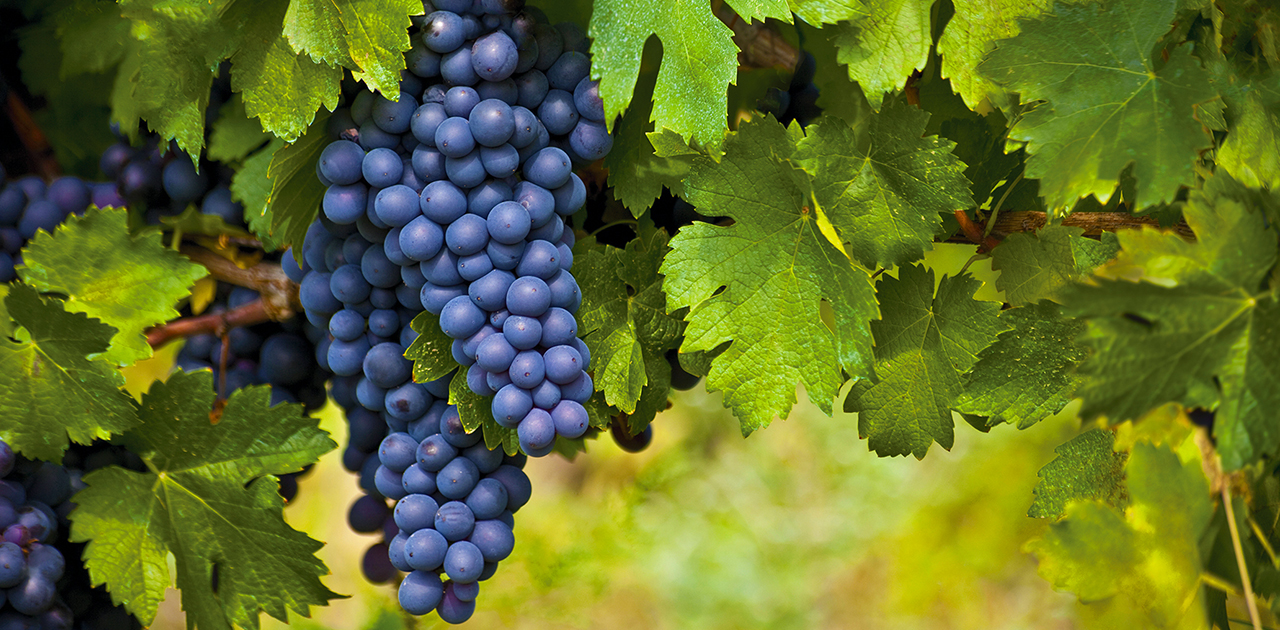By Nick Cardona

Fast forward to 2017 and farmers and growers in California are facing the opposite extreme. Record-breaking storms pummeled California, dropping record amounts of rain in the valleys and snow in the mountains. These storms caused reservoirs to fill above capacity and rivers to run over their banks. This flooding has caused massive amounts of standing water in fields, orchards, and vineyards throughout central and northern California. While farmers and growers are thankful for the water, there can be too much of a good thing.
Standing water can very quickly become stagnant due to a lack of flow. This causes the oxygen levels in the water and submerged soil to drop and the water temperature to rise. Standing water can quickly cause root damage to many trees and make them more susceptible to infection and fungus pathogens.
As a result of the flooding and standing water issue, California recently approved emergency applications of fungicides in an effort to combat the potential damage to the trees and orchards. More information about the emergency application can be found here.
The emergency fungicide approval is a big win for many growers in a highly regulated part of the country. The California Department of Pesticide Regulation (CADPR) regulates all applications of pesticides and fungicides in the state and must approve all applications. The current approval does have some limitations and it does not apply to all growers.
The emergency application applies only to orchards with standing water in Butte, Colusa, Glenn, Merced, San Joaquin, Stanislaus, Sutter, Tehama, Yolo, and Yuba Counties. The orchards must also be flooded with standing water that will not flow out of the area and into waterways where it may affect fish or wildlife. Growers may also only use approved products and must follow label directions for applications.
One set of growers affected by the flooding has been left out and not included in the emergency application. Vineyards in the area also have issues with standing water, and the grapes are similarly vulnerable to diseases caused by the excess water. The standing water can weaken the vines and make the grapes more prone to developing powdery mildew or root rot as a result.
It is important that growers who are not able to take advantage of the emergency application take steps to lessen the impact of the standing water. Pumping the water off site is an option, but it can be very costly and may not completely solve the issue as the soil may still be waterlogged and the lack of oxygen in the soil can still cause the roots to die. The waterlogged ground is also more prone to developing soil-borne diseases.
If you are one of the many growers who is not included in the emergency application and are searching for help, Huma Gro® has your solution. Huma Gro® offers Promax®, an organic, OMRI-listed, and EPA-exempt soil fungicide that can be applied anywhere as needed without the restrictions of the CADPR. Promax® works with all crops and has been proven effective on a wide variety of soil-borne diseases including, but not limited to, root rot, crown rot, grey mold, and damping off. For more information on Promax®, click here.
Related Posts

BHN Senior Director of Research & Development to Chair ACSESS Women-In-Science Committee
Rita Abi-Ghanem, PhD, Senior Director of Research and Development at Bio Huma Netics, Inc. (BHN), has been selected as Chair-Elect for 2016 and Chair for 2017 of the Women-in-Science Committee of the Alliance of Crop, Soil, and Environmental Science Societies (ACSESS). ACSESS member organizations include American Society of Agronomy (ASA), Crop Science Society of

Introduction to Huma Gro®: Video

The Right Stuff for Soils and Plants
By Mojtaba Zaifnejad, PhD When applied fertilizers benefit soil health and plant growth, and are readily available to them, it is said that they are bioavailable. The extent of bioavailability of nutrients and fertilizers applied to soil and plants determines their effectiveness in improving soil health and crop yield. In addition to the 4Rs approach,

